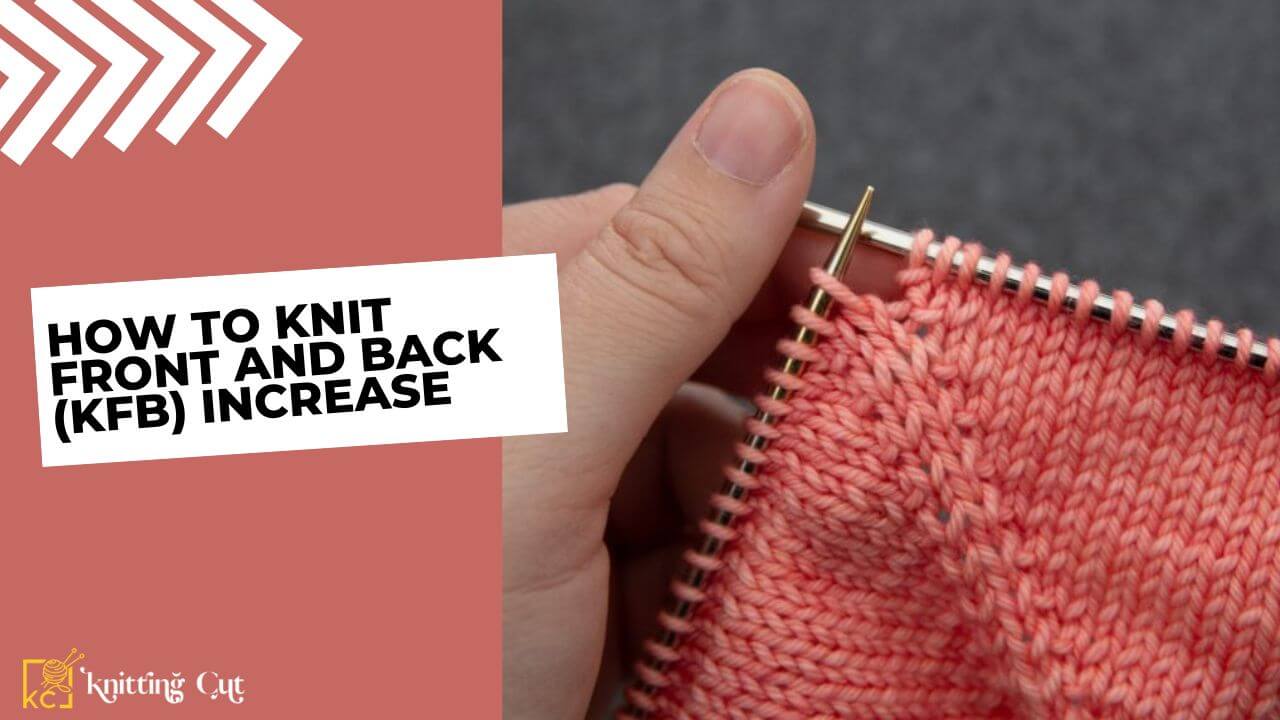The knit front and back increase, often abbreviated as KFB, KF&B, or K1f&b, is a straightforward knitting technique that creates two stitches from one. It is also known as a Bar Increase due to the resulting appearance resembling a little bar.
How to Knit Front and Back (KFB):
Step 1: Begin by knitting the stitch you want to increase, but don’t slide it off the left-hand needle.
Step 2: Insert the needle into the back loop of the same stitch.
Step 3: Wrap the stitch and complete it as you would for a knit through the back loop.
Step 4: Drop the old stitch off the left-hand needle.
By following these steps, you’ve successfully executed a knit front and back increase!
Read More: How Long Does it Take to Knit a Blanket
When to Use the KFB Increase:
- As a Design Element: The resulting bumps from KFB can serve as a decorative element, such as creating a spiral of increases on a hat’s crown.
- In Seed Stitch and Ribbing: KFB is particularly useful in patterns like seed stitch and 1/1 ribbing, seamlessly blending in with the knit and purl pairs.
- In Other Knit/Purl Patterns: Strategically place KFB increases in patterns containing both knits and purls to maintain the pattern seamlessly.
Working the KFB Increase:
Each stitch has a front leg (where you usually knit) and a back leg. Knit through the front leg as normal, then insert the needle into the back leg of the same stitch, knit, and remove the stitch from the needle. This creates two stitches, one resembling a knit and the other a purl.
Placement of KFB Increases:
For visual symmetry, mirror your increases on two sides of your work or around a central stitch. Pay attention to the location of the purl bump for aesthetic consistency.
Now that you’ve learned the KFB increase, explore its various applications in your knitting projects!
Read More: How to Knit a Frog: Step-by-Step Tutorial
